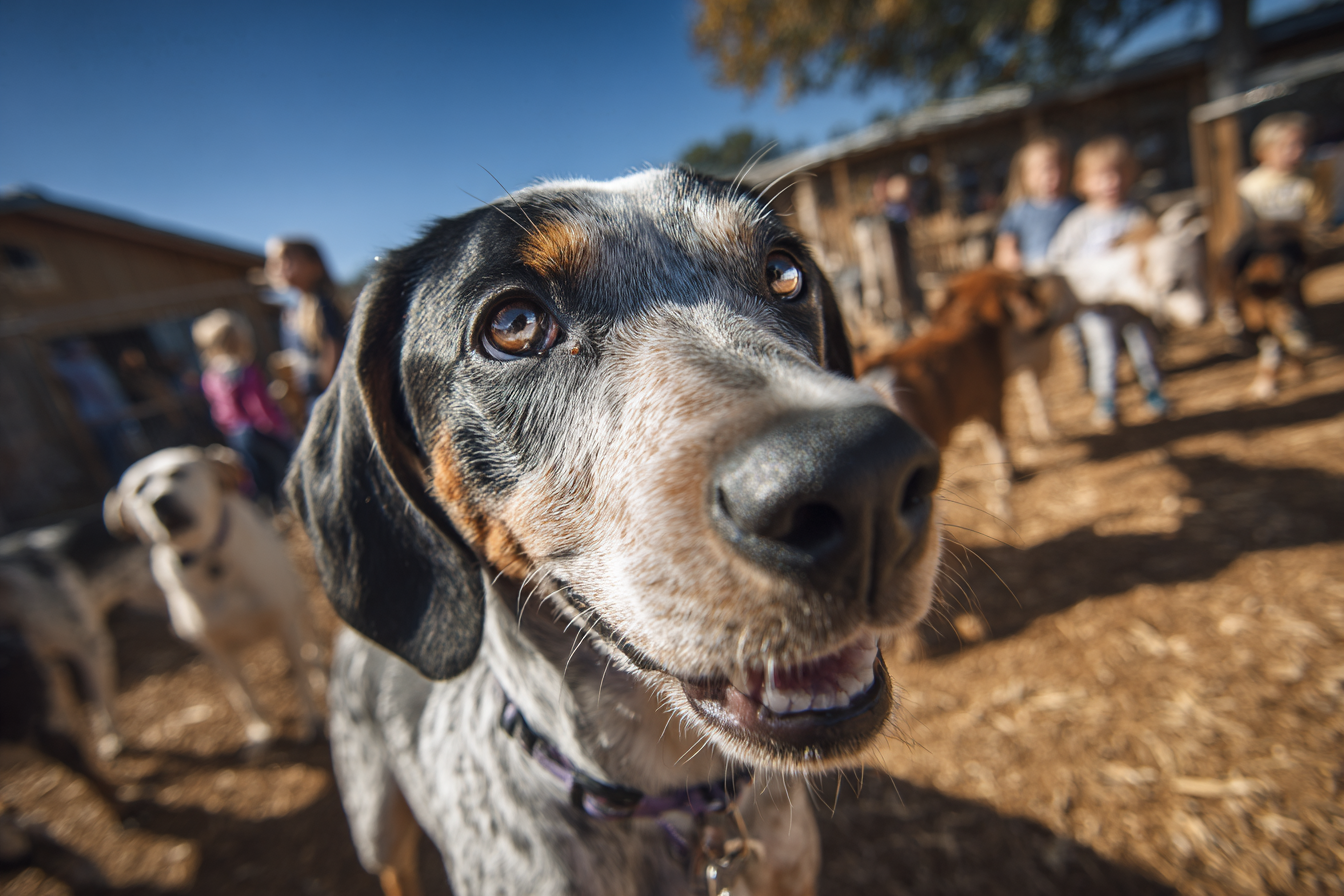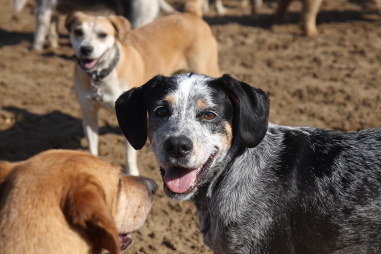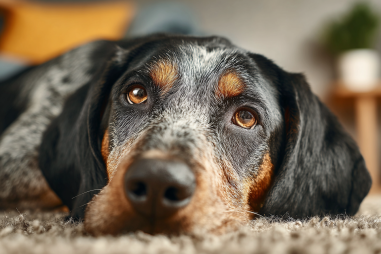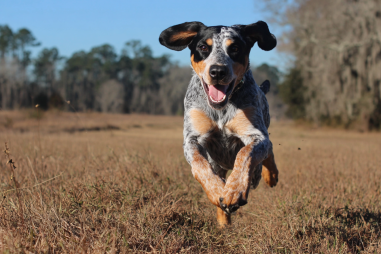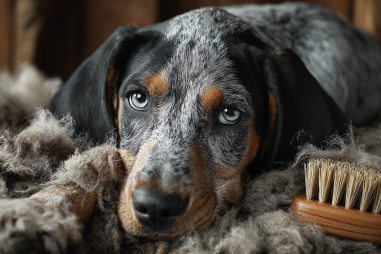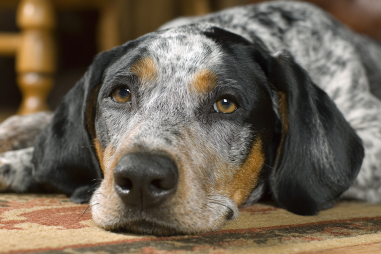Bringing a Bluetick Coonhound into your home is an exciting adventure, full of loyal companionship and energetic fun. However, to ensure your dog grows into a confident and friendly member of your family, early and proper socialization is essential. Bluetick Coonhounds are known for their hunting skills and strong sense of smell, but their temperaments can vary, making socialization a key factor in developing a well-adjusted dog. In this article, we’ll explore the importance of socializing your Bluetick Coonhound, how to start the process effectively, and techniques to nurture positive interactions with people, pets, and new environments throughout your dog’s life.
Why Socialization is Crucial for Bluetick Coonhounds
Socialization is the process of introducing your Bluetick Coonhound to a variety of experiences early in life, helping them learn how to interact appropriately with people, other animals, and different surroundings. For a breed like the Bluetick Coonhound, which can be naturally curious yet occasionally wary or independent, socialization is a vital step toward preventing behavioral issues such as fear, aggression, or excessive shyness.
Proper socialization helps your dog:
- Develop confidence in unfamiliar situations
- Reduce anxiety and fear-based reactions
- Build positive associations with people, pets, and environments
- Become more adaptable to changes and new experiences
- Enhance the bond between you and your dog
Without sufficient socialization, Bluetick Coonhounds might be prone to nervousness or suspicion, which can result in undesirable behaviors that are difficult to correct later.
The Best Age to Start Socializing Your Bluetick Coonhound
The ideal time to begin socialization with your Bluetick Coonhound is during the critical socialization period, which generally occurs between 3 and 14 weeks of age. During this time, puppies are most receptive to new experiences, people, and environments. Early exposure to a wide variety of stimuli can help shape a well-balanced temperament.
That said, socialization isn’t limited to the puppy stage. If you adopt an older Bluetick Coonhound or find that your dog missed out on some early socialization, don’t worry—it’s never too late to start. While it may require more patience and effort, even adult dogs can learn to become more sociable and confident with consistent, positive experiences.
Effective Socialization Exercises and Activities
To successfully socialize your Bluetick Coonhound, it’s essential to plan enjoyable and low-pressure activities that expose them to various sights, sounds, smells, and situations. Here are some exercises and activities to try:
1. Puppy Playdates and Group Classes
Organize playdates with other vaccinated puppies or enroll your dog in puppy kindergarten classes. These controlled environments not only offer social interaction but also basic obedience training, helping your dog learn communication skills and bite inhibition.
2. Gentle Exposure to Different Environments
Take your Bluetick for walks in diverse settings like parks, quiet streets, pet-friendly stores, or near the water. Allow them to observe new sights and sounds at their own pace while providing treats and praise to reinforce calm behavior.
3. Handling and Touching Exercises
Get your puppy accustomed to being touched in various ways – gently examining paws, ears, and mouth – to prepare them for grooming or vet visits. Doing this calmly and regularly will build trust and reduce fear of handling.
4. Introduce Various People
Allow your dog to meet people of different ages, sizes, and appearances, always ensuring these interactions are positive and respectful. This helps prevent future fear of strangers or certain groups of people.
Introducing Your Bluetick Coonhound to Other Pets and People
Introducing your Bluetick to other pets and people needs to be done carefully to foster friendly interactions and avoid misunderstandings that can lead to aggression or fear.
Meeting Other Dogs
Begin introductions in neutral territory to avoid territorial behavior. Keep both dogs on a leash initially, observe their body language for signs of comfort or stress, and allow brief, positive greetings with ample rewards. Gradually increase the time they spend together as they get comfortable.
Meeting Cats and Other Animals
Slow introductions are key when introducing a Bluetick Coonhound to cats or smaller animals. Use barriers like baby gates at first so they can see and smell without direct contact. Reward calm behavior and supervise all interactions until you are confident in their ability to coexist peacefully.
Interacting with People
Encourage your Bluetick to engage with a variety of people, including children, men with beards, people wearing hats, or individuals using wheelchairs. Always monitor body language and never force the dog into uncomfortable situations.
Preventing Fear and Aggression Through Socialization
Fear and aggression often stem from a lack of positive social experiences or past trauma. For Bluetick Coonhounds, who can sometimes be independent and territorial, preventing these behavioral issues is a major benefit of socialization.
To prevent fear and aggression:
- Gradually expose your dog to new stimuli in a positive and controlled manner.
- Use treats and praise to create positive associations with new experiences.
- Avoid overwhelming or forcing your dog into intense situations that may cause stress.
- Be consistent with training and socialization to reinforce good behavior.
If you ever notice signs of fear or aggression, such as growling, retreating, or excessive barking, take a step back and introduce stimuli more slowly. Consulting a professional dog trainer or behaviorist specialized in hounds can provide tailored support.
Maintaining Socialization Throughout Your Bluetick’s Life
Socialization isn’t a one-time event but a lifelong commitment. Even after the critical puppy period, your Bluetick Coonhound will benefit from ongoing exposure and positive experiences.
Keep in mind:
- Continue regular walks in varied locations to sustain your dog’s confidence in different settings.
- Arrange social meetups with other dogs periodically to maintain good social skills.
- Introduce new experiences as life circumstances change, such as moving to a new home or adding a family member.
- Stay attentive to signs of stress and address any behavioral changes promptly.
Consistent socialization enhances your dog’s quality of life and strengthens the bond you share.
Helping Your Bluetick Coonhound Thrive as a Confident Companion
Socializing your Bluetick Coonhound opens the door to a happier, healthier, and more fulfilling relationship with your dog. By starting early, adopting patient and positive approaches, and maintaining social experiences throughout life, you help nurture a confident and friendly pet who is equipped to handle the world around them with ease. Remember, every dog is unique—taking time to understand your Bluetick’s personality and gradually introducing new social situations will yield the best results. With love, patience, and proactive socialization, your Bluetick Coonhound will become the loyal, sociable friend you always hoped for.

